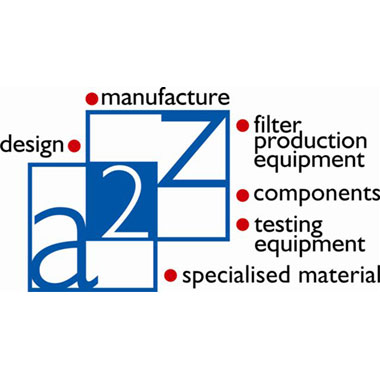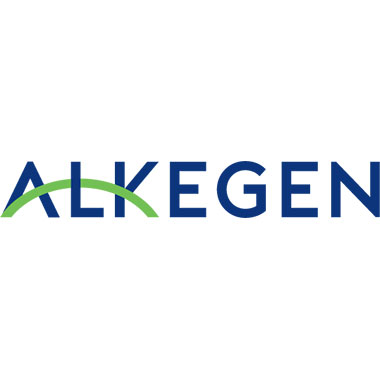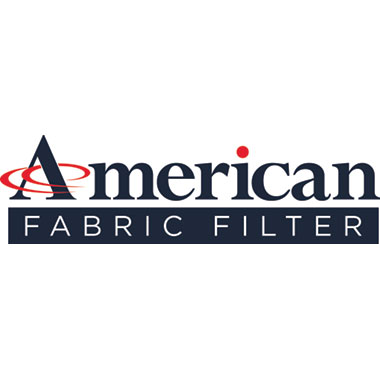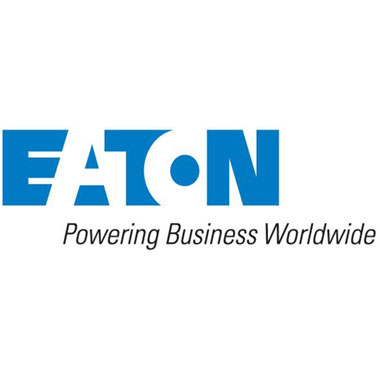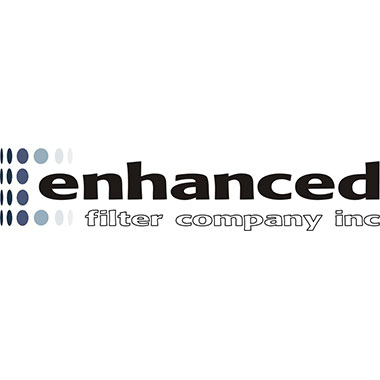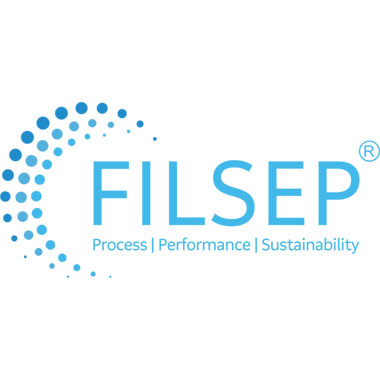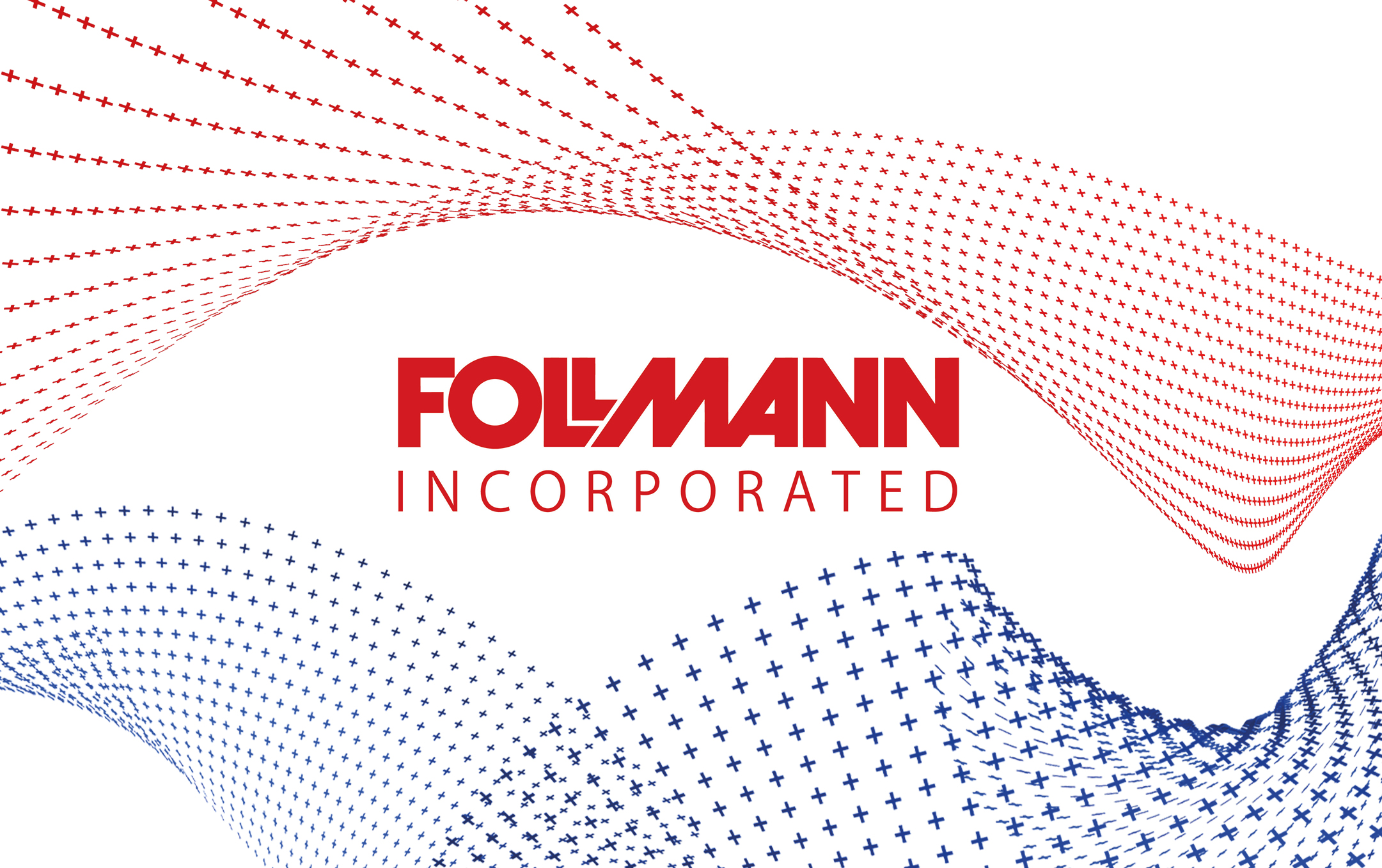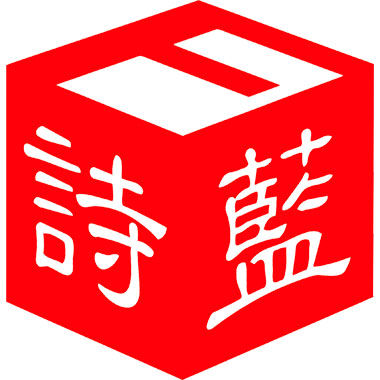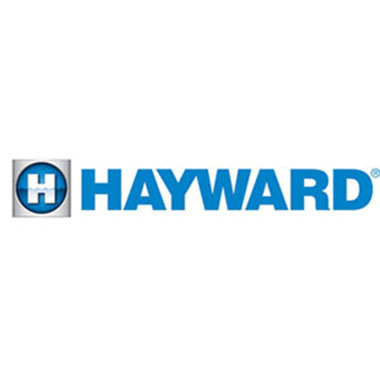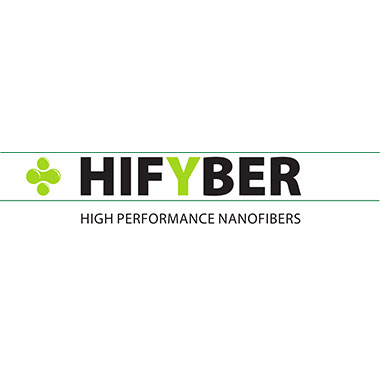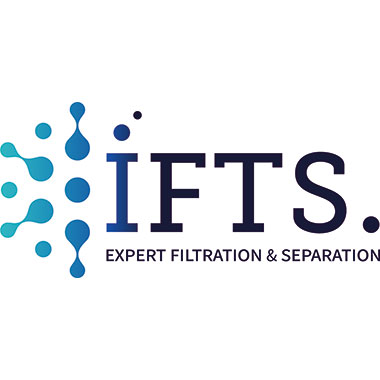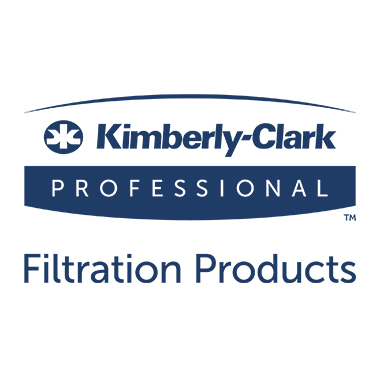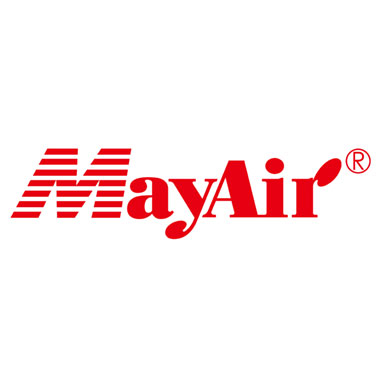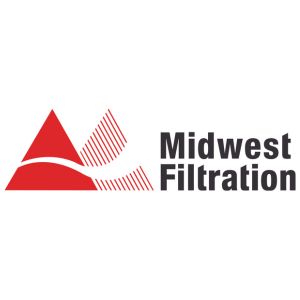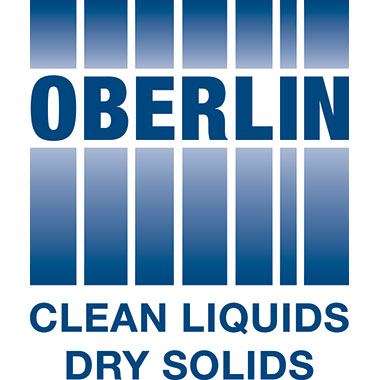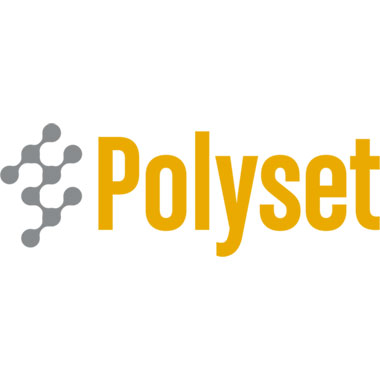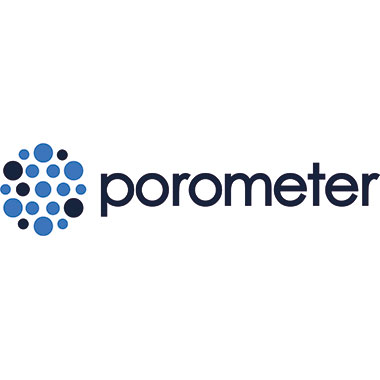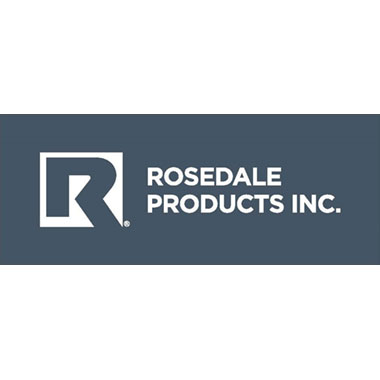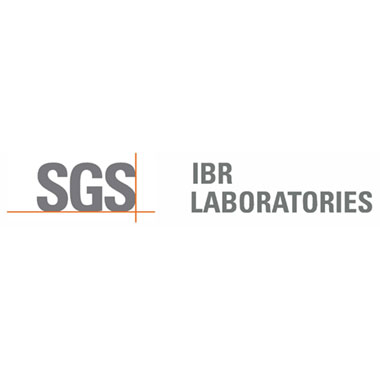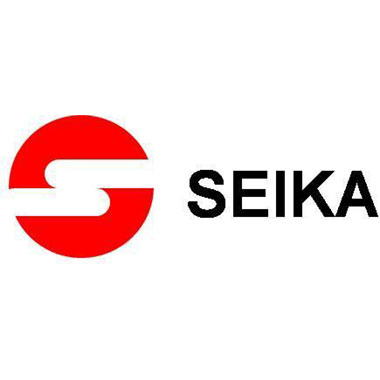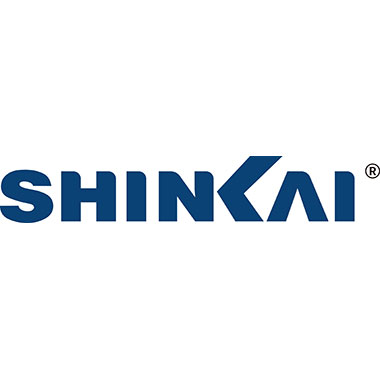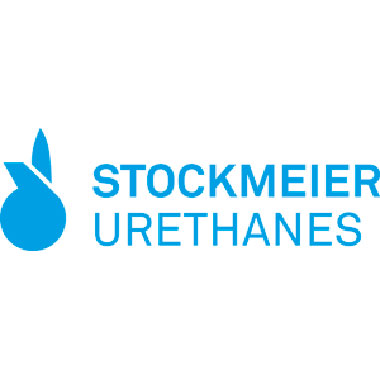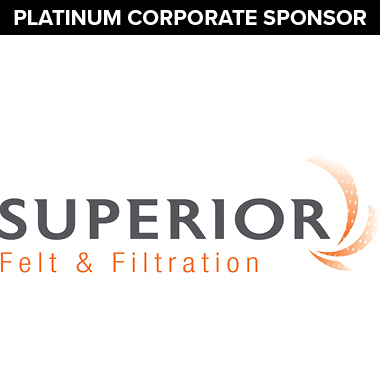Using a Gas Liquid Porometer to Reliably Measure Pore Size and Distribution for Filter Media Used in Face Masks
Surgical masks and respirators are typically made of nonwoven polypropylene fabric and mostly consist of three (or more) layers. The first and third layers are generally spunbond, while the middle layer is meltblown. This composition is commonly referred to as SMS technology (Spunbond/Meltblown/Spunbond).
 Three layers of respirator fabric
Three layers of respirator fabric
While the efficiency of face masks is measured by norms defined by ASTM or NIOSH, producers of nonwoven materials need to have insight into the pore size of their material as well.
This document briefly explains how the pore size distribution of these nonwoven materials can be measured using a gas liquid porometer with the ‘pressure scan’ method.
Measurement Methodology
Gas Liquid Porometry (GLP), based on the pressure scan method, is a widely used characterization tool for nonwovens. This method measures pore size and pore size distribution of through pores in a fast, simple measurement.
The technique is based on the displacement of an inert and nontoxic wetting liquid which spontaneously wets the material. When the sample is secured in the instrument, an inert gas (e.g. nitrogen) is used to displace the liquid out of the porous fiber network. This ‘wet run’ results in a ‘wet curve’ which represents the measured gas flow through the sample against the applied pressure (inversely proportional to the pore size). In the pressure scan method, the air pressure is continually increased while the resulting flow rates are recorded simultaneously.

From the wet curve, dry curve and the half-dry curve data, information about the porous network can be obtained, resulting in data on o.a. First Bubble Point or maximum pore size (ASTM F 316-03), mean flow pore size, smallest pore, pore size distribution, etc.
The pressure scan method is preferred for environments where simplicity, speed and reproducibility are the main requirements. In short, this method is the right choice for quality control and assurance of nonwovens.
Nonwoven Media in a FFP2 respirator
Following the above described method, below results were obtained by measuring the different layers of a FFP2 respirator:
 (1) Measured with POREFIL™, using shape factor 1.00
(1) Measured with POREFIL™, using shape factor 1.00

Figure 1 – Overlay of wet, half dry and dry curves of three measurements of the respirator (middle layer)
 Figure 2 – Wet and dry measurements from the three layers of a respirator (for better readability the half dry curve is not shown)
Figure 2 – Wet and dry measurements from the three layers of a respirator (for better readability the half dry curve is not shown)
 Figure 3 – flow based pore size distribution of the middle layer of a respirator
Figure 3 – flow based pore size distribution of the middle layer of a respirator
Based on the measurements, we can summarize as follows:
1) As demonstrated in figure 1, the measurements are highly reproducible. This proves the value of a porometer for quality control purposes.
2) As seen in figure 2, the outside layers have considerably larger pores compared to their middle layers. The middle layer is hence often called the filtration layer. The middle layer has a narrower pore size distribution compared to the other layers.
3) When measuring the complete mask, we measure (conform the theory of porometry) the pores in the layer with the smallest pores (layer 2, the middle layer).
Conclusion
These measurements show that the pore sizes of the respirator are easy to measure with a GLP-pressure scan porometer. The measurements are fast (under 5 minutes) and very reproducible. The data obtained with the porometer can provide valuable input for research and development and/or be a good indicator for quality control.
Guest Blog by Eline Pattyn, Sales Manager, Porometer
Eline Pattyn is sales manager with Porometer, a Belgian based company founded almost 15 years ago. She is responsible for supporting and expanding the customer base in the Americas, organizing preventive maintenance, calibration and training sessions on installed porometers, and creating brand awareness. Eline has a master’s degree in Commercial Engineering from Ghent University,
Porometer is a Corporate Sponsor of the American Filtration and Separations Society.


